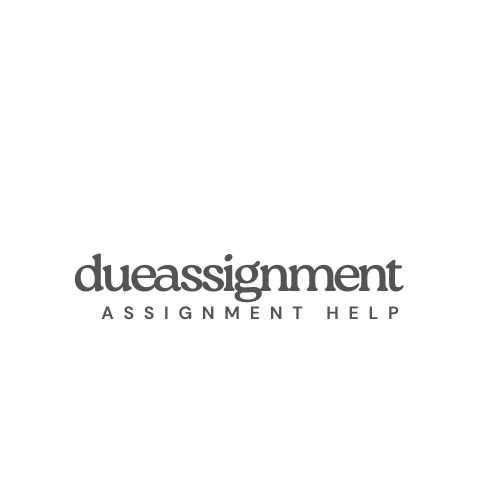SOLVED61
Case Study: Liam is five (5) years old, and he has an acquired brain injury which affects his movement, balance, communication, and learning. His mother, Chloe, had a normal pregnancy followed by a prolonged birth leading to Liam attaining a low Apgar score. Liam failed to meet expected milestones during his first year of life and was diagnosed with cerebral palsy at 13 months of age. Liam lives in rural Australia with his parents and two older siblings aged, 10 and 13 years of age. The family are First Nations Australians. Liam’s father is an interstate truck driver which leaves Chloe to care for the children including attending to Liam’s cares and needs. 3. Reflect on the impact of colonisation on the health and wellbeing of First Nations children and families and identify and explain two (2) barriers that may impede First Nations children with disabilities and their families accessing the supports they need including access to early intervention and education. Evaluates and justifies two (2) barriers that may impede First Nations families of children with disabilities accessing the supports they need including access to early intervention and education. What to look at here? So, what are the inequities/barriers First nations families may face? o health literacy? o Cultural beliefs? o Physical access/geographical concerns? o Cultural competence of staff? o Services available or lack of? o Engagement/ Culturally appropriate parenting education programs? o Equity: (could look at SDH) Education/employment/Disadvantage? Refence to use Prows, C.A., & Hockenberry, M. J. (2022). Developmental and Genetic Influences on Child Health Promotion. In M. J. Hockenberry, D. Wilson, & C. C. Rodgers (Eds), Wong’s essentials of pediatric nursing (11 th ed., pp.38-56). Saracho, O.N. Theories of Child Development and Their Impact on Early Childhood Education and Care. Early Childhood Educ J 51, 15-30 (2023). https://doi.org/10.1007/s10643-021-01271-5 Department of Education and Training. (2022). Reflective Practice. https://www.education.vic.gov.au/childhood/professionals/learning/Pages/reflective- practice.aspx Eschenbacher, S. (2020). Transformative learning and the hidden dynamics of transformation, Reflective Practice, 21(6), 759-772. DOI: 10.1080/14623943.2020.1821631 Gibbs, G. (1988). Learning by doing: A guide to teaching and learning methods. Oxford: Oxford Further Education Unit Karimi, S., Haghani, F., Yamani, N., & Najafi Kalyani, M. (2017). A qualitative inquiry into Nursing students’ experience of facilitating reflection in clinical setting. The Scientific World Journal, 6293878. https://doi.org/10.1155/2017/6293878 Marshall, T., Keville, S., Cain, A., & Adler, J. R. (2021). On being open minded, wholehearted, and responsible: A review and synthesis exploring factors enabling practitioner development in reflective practice, Reflective Practice, 22(6), 860-876. Nicol ,J.S., & Dosser ,I.(2015).Understanding reflective practice. Nursing Standard, 30(36), 34-42. doi:10.7748/ns.30.36.34.s44. (2020). Gibbs’ reflective cycle. https://my.cumbria.ac.uk/media/MyCumbria/Documents/ReflectiveCycleGibbs.pdf Helyer, Ruth. The Work-Based Learning Student Handbook, Macmillan Education UK, 2015.
SCIENCE
HEALTH SCIENCE
NURSING
******CLICK ORDER NOW BELOW AND OUR WRITERS WILL WRITE AN ANSWER TO THIS ASSIGNMENT OR ANY OTHER ASSIGNMENT, DISCUSSION, ESSAY, HOMEWORK OR QUESTION YOU MAY HAVE. OUR PAPERS ARE PLAGIARISM FREE*******."

